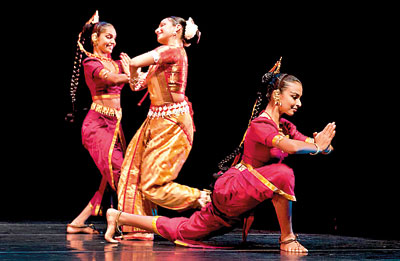His voice is deep and firm, tinged with melancholy and almost at odds with his coarse features and stocky frame. The way his eyes take us in as we step across the threshold, I imagine he must have been a force to reckon with, before he was crippled. Recall Moses Thangarasa.
Close to midnight on 27 March, 2010 the 33-year-old three-wheeler driver found himself hit and then dragged along the railway lines near Meewathura by a night-train. The accident left him with two vertebrae fractured and both legs amputated quite high above the knee. After months of treatment at the Peradeniya Teaching Hospital and therapy at the Center for Handicapped in Kundasale, Moses was finally sent home. But he is hardly comforted.
Moses currently lives in his father’s sister’s small house with her children and grandchildren on a steep incline in Irugalbodiya, off the Mahakande Road. He has crutches and prostheses acquired through the goodwill of his friends and well-wishers, but finds it difficult to use them due to his spine-injury. His existence is confined to the bed beside the living-room window, and the outhouse when his cousin Susantha is home to carry him to the yard. Otherwise he is forced to use a bedpan that his aunt Chandra cleans after him. “She can't even go anywhere” he regrets, “not even to a relatives’ in an emergency. It’s impossible, because of me.”
This is what he hates the most. Moses’ father died when he was only 16, so after O/L at Wimaladharma College in Penideniya, he began working. He was employed as a gardener at the Royal Botanical Gardens in Peradeniya for some time, then at a garment factory and later as a security guard. “There’s no one thing, miss” he tells me with an open smile, “I’ve worked many jobs”. Finally his father’s younger brother Jayantha bought a three-wheeler and leased it to Moses to run on hire. From the age of twenty-plus, this has been Moses’ steady source of income. Having got used to earning close to 25,000 rupees a month and being able to spend on and support others, to now depend on charity for support is incredibly frustrating.
“If I'd always depended on other people it wouldn't have been this difficult” he continues. Far from wallowing in self-pity though, Moses is industriously looking for ways in which he might overcome his handicap and start working again. He would be happy to engage in any work that can be done without the use of his legs, but admits he is most comfortable hiring his taxi, so is looking for ways to acquire a modified three-wheeler so he may return to the stand.
Susantha, who is Chandra’s son, is also a three-wheeler driver. “We all suffer because Moses is not at the stand anymore” he says. The other drivers at the Galaha Junction, where Moses used to park his vehicle, apparently still discuss that drivers from other parts of Peradeniya wouldn’t come with “chandi part” and occupy their lot if Moses was around; “he is not afraid of such people”.
It is probably the fact that Moses was always there to support and defend his friends that made them all come together, pool their resources and help concrete the small gravel road that leads up to Susantha’s house. “Some gave cement, some gave sand, many came and helped with the work” Moses says quietly, humbled.
The quietness and humility must be new. When he speaks there is that inevitable tone of the patient suffering in Moses’ maimed body, but his eyes light up once in a while with a fierceness and boldness that must have been the source of strength to his friends.
“He never had to borrow money from anyone before” Susantha says as he drives us back down the hill to the main road. Now, Moses is completely dependent on Susantha and Chandra for his survival. Susantha himself earns very little with his taxi, and this income is spread thinly between his mother, three siblings and their families as well as Moses. His younger brother is a bus conductor who though hardly employed, brings home about 2,000 rupees on a good day. Susantha himself is at work from 5am to 9pm. “I have no time left even to spend with my baby” he says, speaking of the whiny little 2-year-old girl that was ogling at us as we chatted with Moses, and wailed to be held by the father as he left with us.
“What to do?” he continues, unable to despise the crippled man for the heavy burden. Susantha is firmly convinced that he must provide for Moses because they are his only family left. Moses’ mother, who is employed in keeping house at a university lecturer’s residence, visits sporadically, but “she doesn’t care much, she never has”, he says. He believes she has been psychologically unstable since her husband’s death over fifteen years ago. Moses thus recognizes and appreciates Susantha’s generosity and only yearns to show his gratitude with some return. But the task is nearly impossible with his limited resources and reduced capabilities. His voice dropped and he looked down to merely mumble as I left that this is what he needs me for, to find him some help.
If anyone has advice or is able to help, he would appreciate a call on 777 182 259 or financial assistance could be made available to the People’s Bank S/A 0572-0014-000-9766.
More than two years of complete dependency on others has probably left Moses an altered man. He must have the kind of hindsight many of us are not blessed (or cursed) to acquire. “I have learnt a lot after this accident, miss” he told me, while his tone said they were not all pleasant lessons. If nothing else, he has learnt humility, which is a difficult lesson for anyone to learn, let alone a strong and hefty man in his early thirties. He simply pleads for help.

